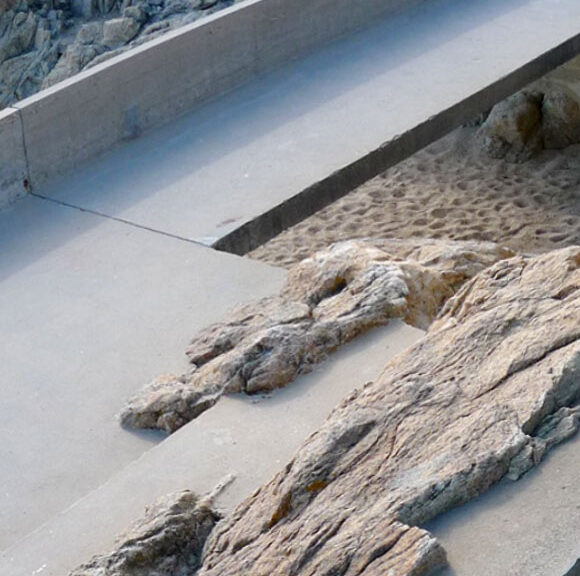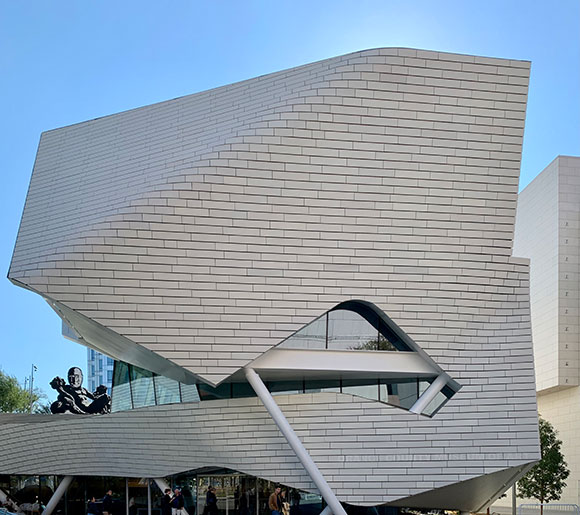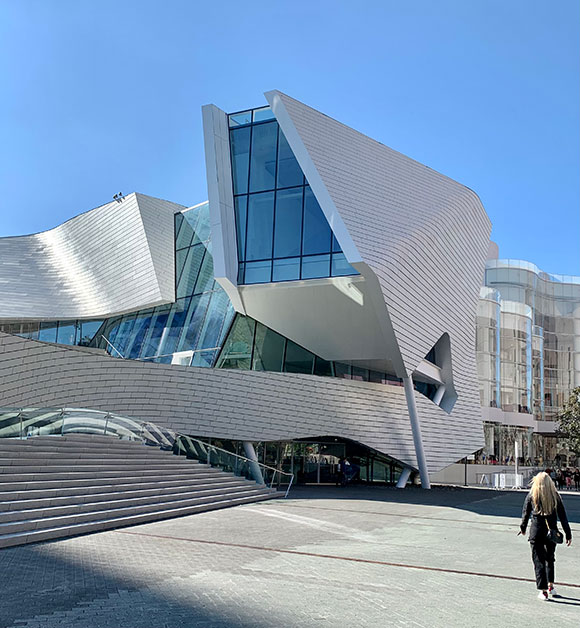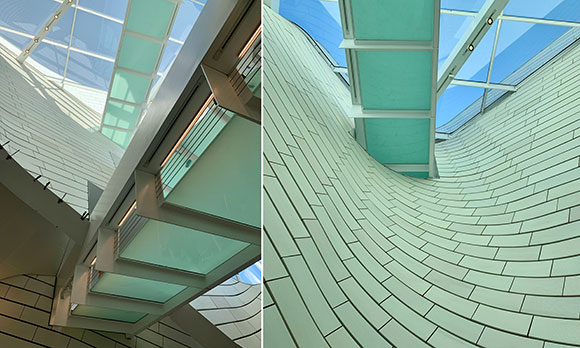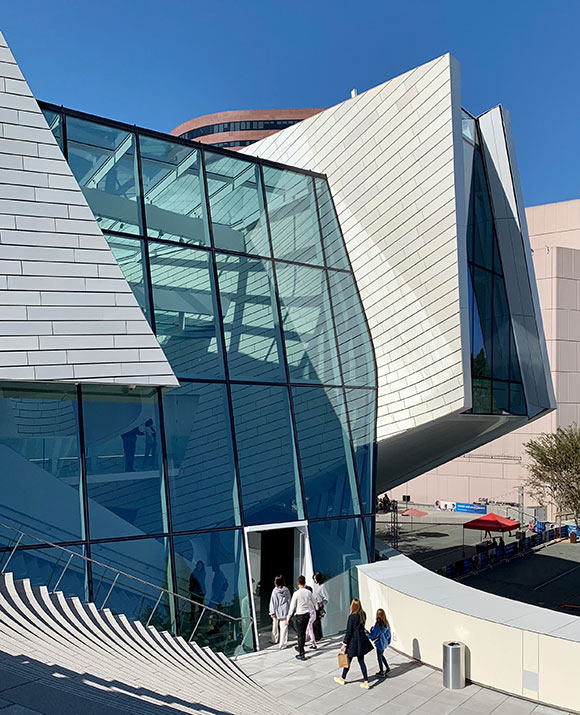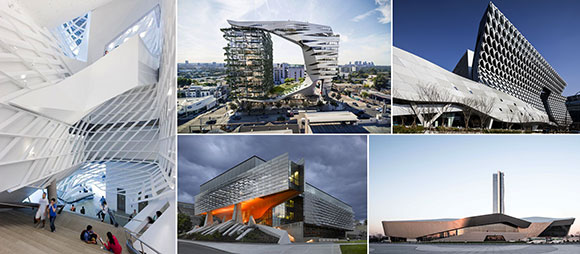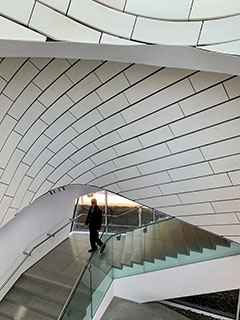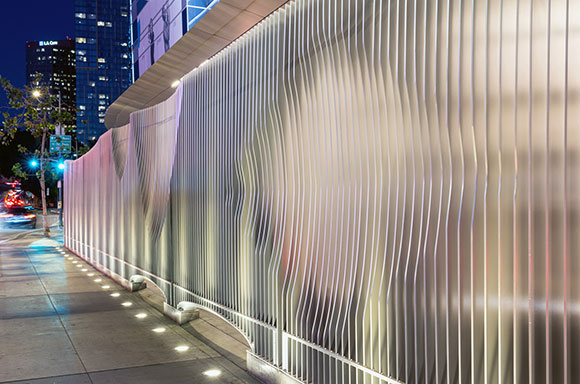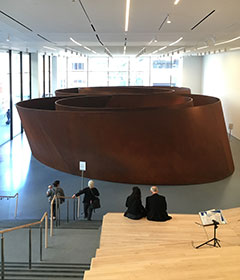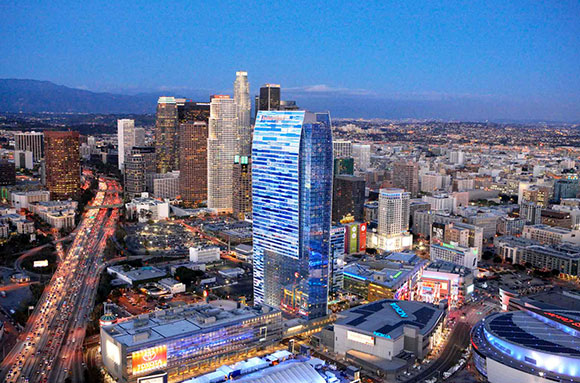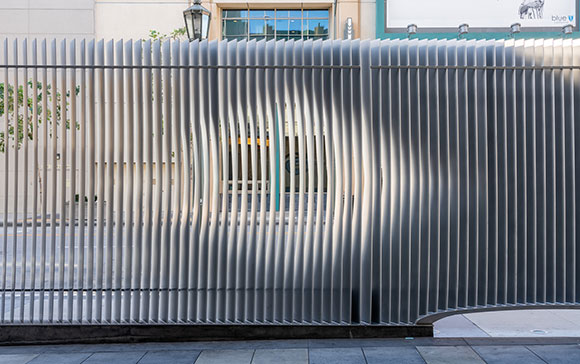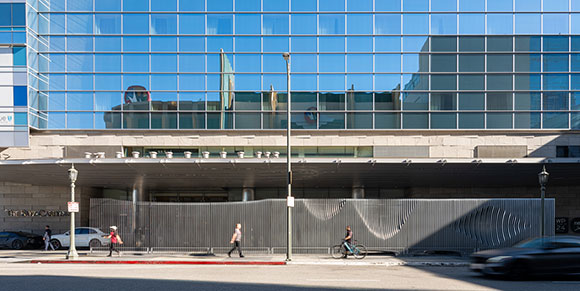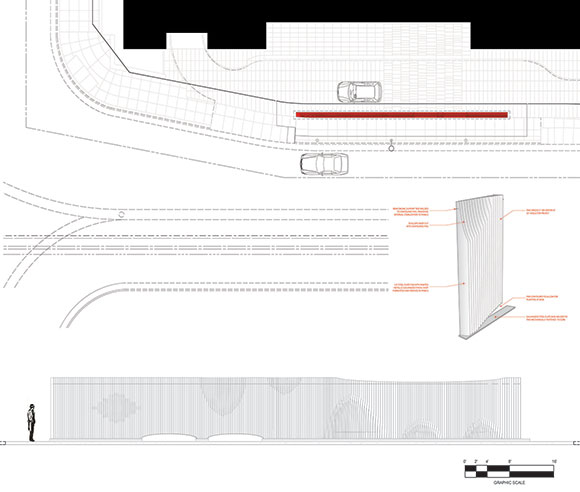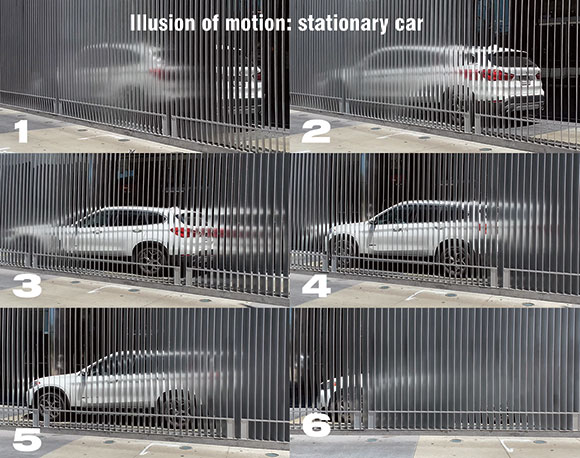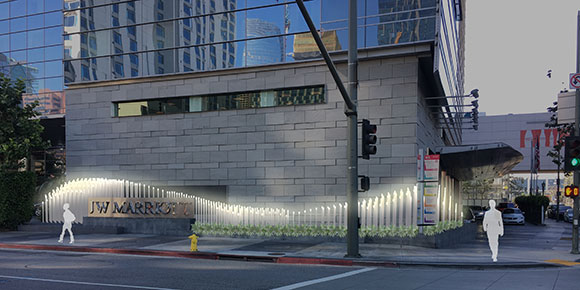#165: ARCHITECTURE NOT THERE
Leca Swimming Pools, Leça de Palmeira, Portugal, by Alvaro Siza (photo by Nancy Steiber)
Looking at a building of subtlety, I sometimes say, “I don’t get it. Nothing to see here.” Then I realize that this might be the point. My next thought revolves around the art movement of the 60s and 70s known as Earthworks. I have always been fascinated by these elemental compositions, less the ecological agendas and more the drama in their abstraction and mystery. Over the decades, Earthworks influenced contemporary architecture, resulting in structures looking more like Minimalist sculptures and less like buildings.
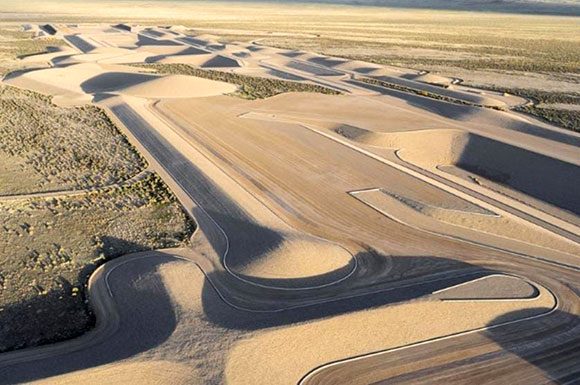
The International Style of the 20s and 30s severed design from traditional canons—i.e., classical column, pediment, and arch—resulting in an abstract architecture driven by function over form. Going further, architects influenced by Earthworks sought an even more drastic abstraction. Often, an Earthwork employed the immediate materials of its setting, placing itself in quiet conversation with the earth and revealing itself elusively. The projects were heroically quiet and simplistically grand. Architectural design found this premise seductive.
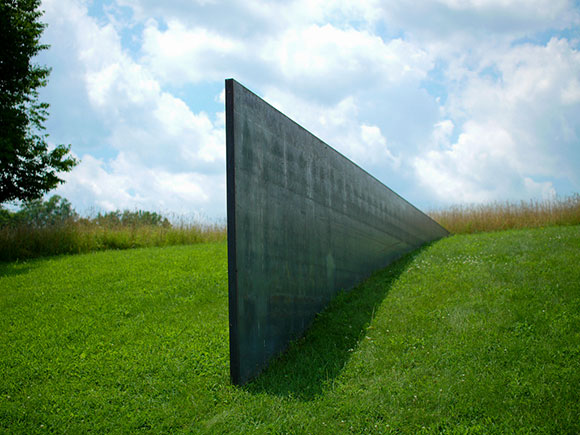
Akin to Richard Serra’s weathering steel plates inserted into a slope, architect Jim Jennings (my past employer) created a structure partially buried with its only visible identity as concrete walls rising enigmatically out of the earth.
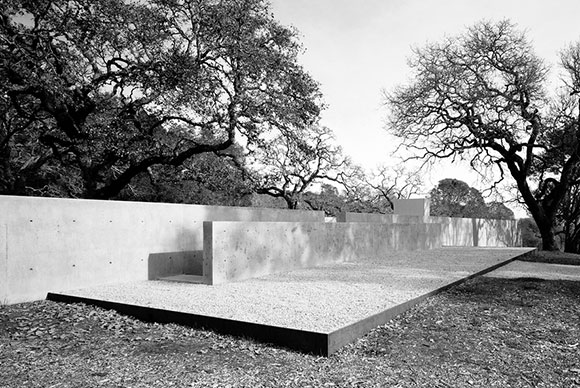
No recognizable doors and windows are explicitly apparent. This guest house for artists utilizes one of the most rudimentary devices in architecture, the wall, and does so with tremendous surety of skill.
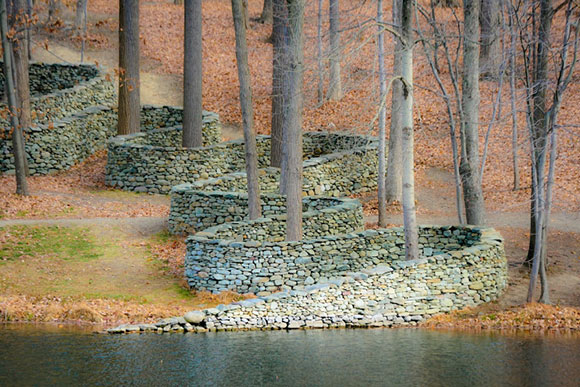
Building upon the remains of an existing farm wall, artist Andy Goldsworthy employed stones from the nearby environment to also explore the meaning of a wall in the landscape.
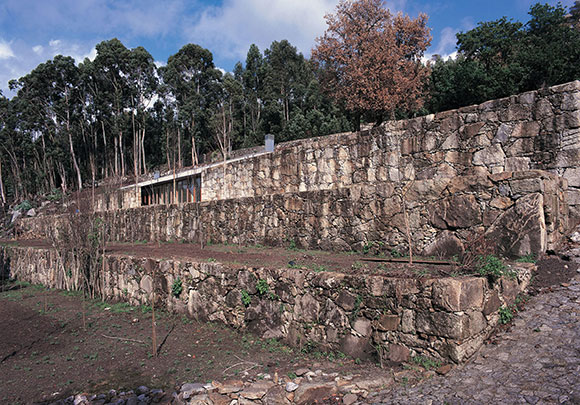
As Goldsworthy honored the ingredients of the property, architect Eduardo Souto De Moura similarly envisioned this house being not just on the site, but of the site. Local stone form the property’s retaining walls as well as walls within the home, offering the visitor a work of the earth, an architectural Earthwork.
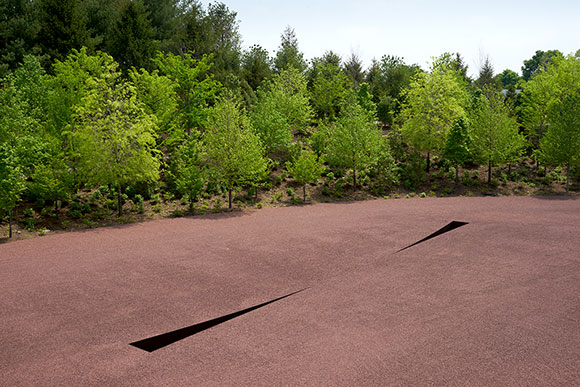
Sculptor Michael Heizer and architect Alvaro Siza both explore expressions of excavation, though not literal excavating. Both projects are not specifically archaeological since the structures are not forms discovered through digging.
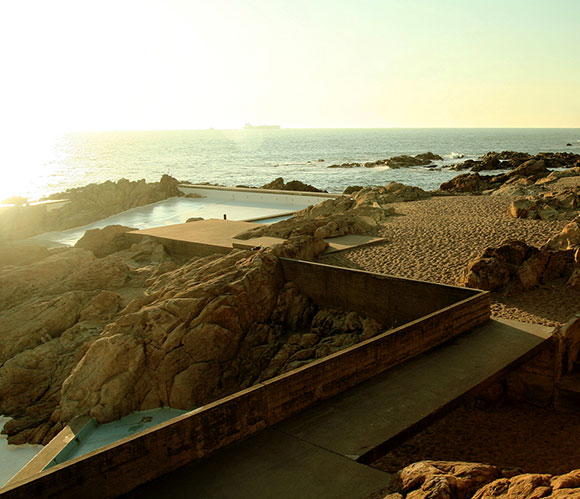
Rather, the projects are newly created, inserted into the land, and explore the relationship of being of the earth and in the earth. Observers ponder the correlation between man, nature, and constructing deeply within and symbiotically with the environment.
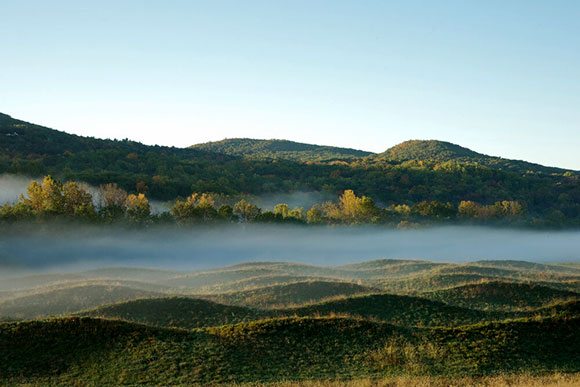
Celebrated artist, Maya Lin, created a fascinating work of mere dirt and grass, displaying surreal forms—contrived rhythms that would not exist in nature. Yes, grass landscapes do often contain slopes and berms, but in the natural world, never as such a patterned composition.
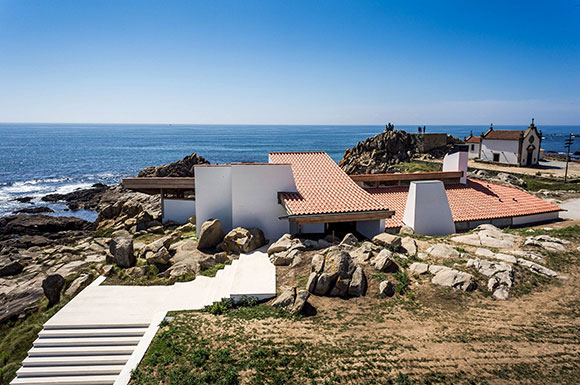
Architect Alvaro Siza sees his design as one with the rock formations. The building itself an outcropping, blurring the line between man and nature, between work and earth. Siza’s design delivers a structure that is less a restaurant and more a work of art as it embraces the beach, ocean, sky, and horizon. Like Lin, Siza blends what is typically expected with what is not.
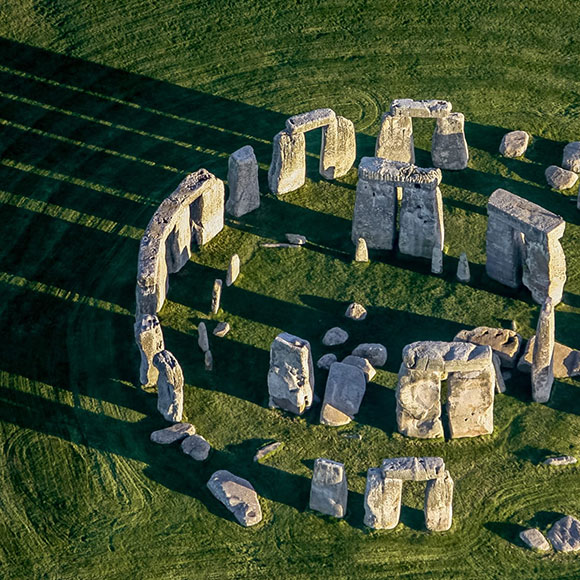
The line between art and architecture should be fuzzy. In the acts of creativity, why have silos? Great works of architecture are considered artistic, and Earthworks are experienced through time and space, as architecture is. Whether the author is an artist or architect, such works herein stand against the limits of categorization.

